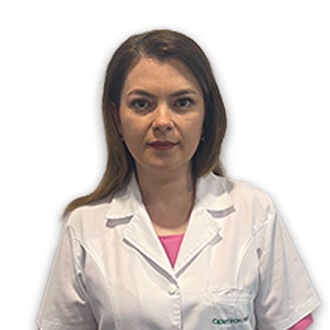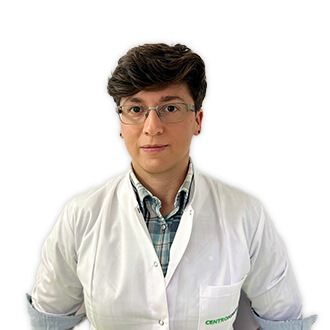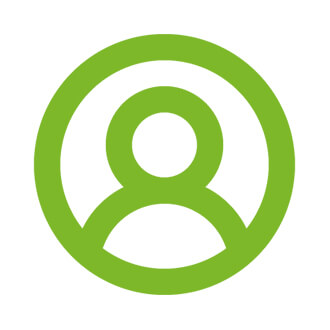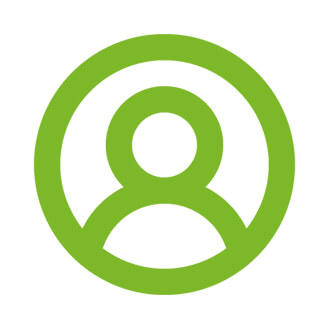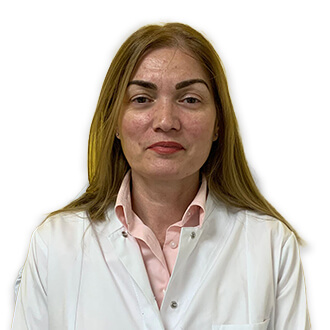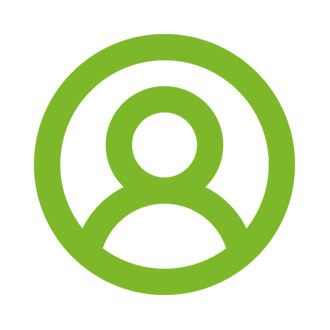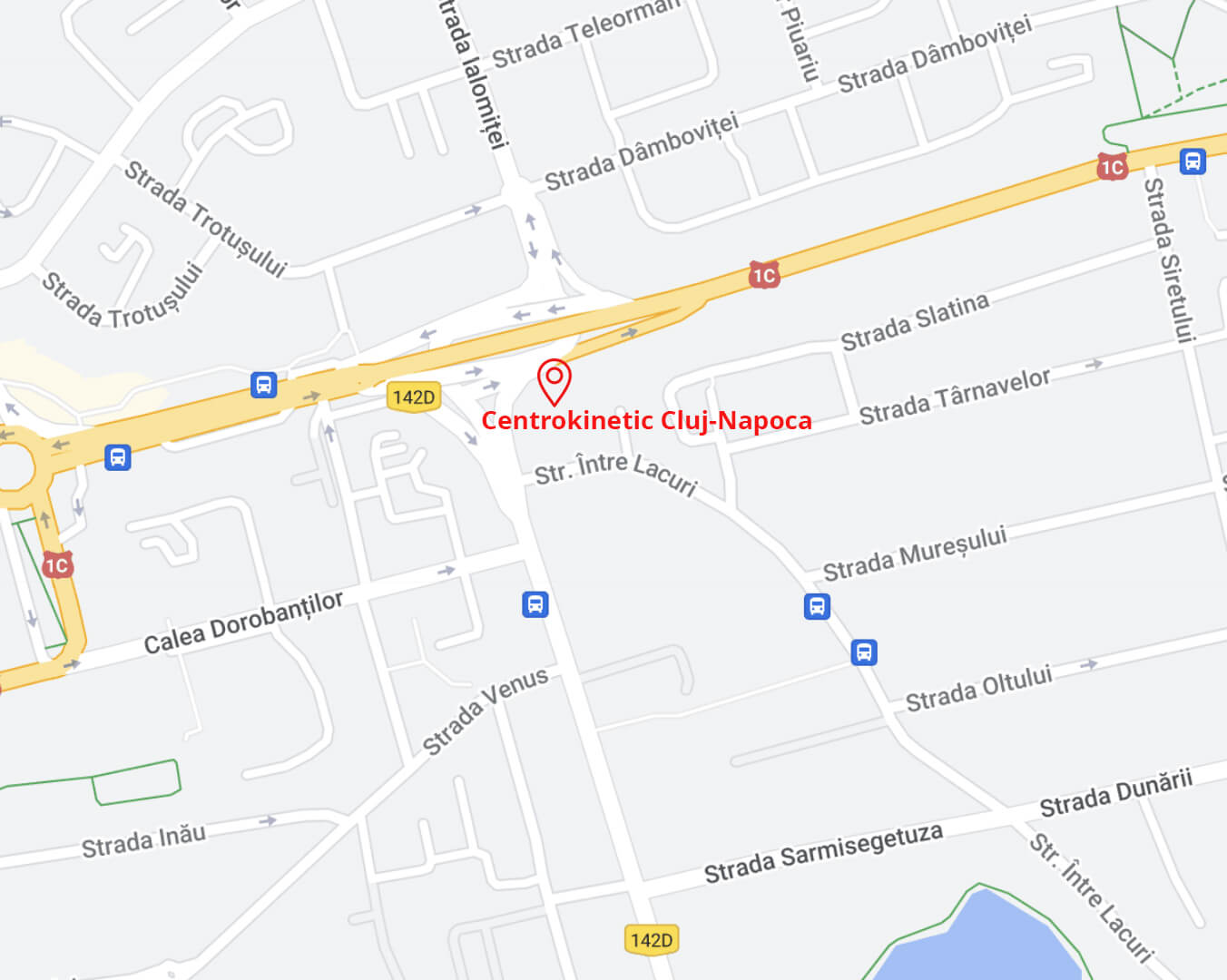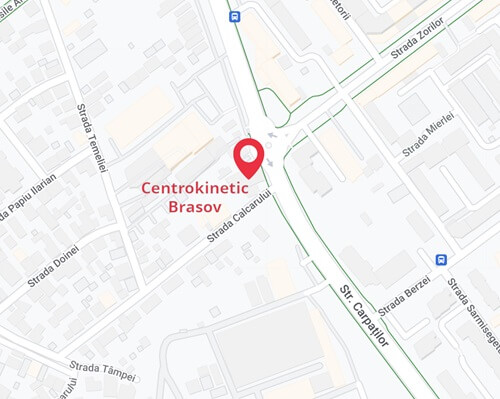Raynaud's Syndrome: Causes, Symptoms, Diagnosis, and Treatment
.jpg)
Raynaud's syndrome is a common condition that can significantly impact quality of life. In this article, we will explain what this syndrome is, what causes and triggers it, how it manifests, and most importantly, how it can be diagnosed and treated!
What is Raynaud's Syndrome?
Raynaud's syndrome is a condition that affects blood flow to the fingers and toes and sometimes to other extremities (nose, lips, earlobes). Symptoms occur when blood vessels narrow, reducing the amount of blood reaching these areas. This phenomenon can cause significant discomfort and affect the quality of life, especially in severe episodes or when the condition is associated with other diseases.[1][2]
There are two main forms of Raynaud's syndrome:
- primary Raynaud's syndrome - also known as Raynaud's disease, is generally a milder form of the condition, with less severe symptoms and a lower risk of complications;
- secondary Raynaud's syndrome - also known as Raynaud's phenomenon, is rarer and more severe; it is usually associated with another condition, often found in people with connective tissue diseases.[1][2]
Causes of Raynaud's Syndrome
Primary Raynaud's syndrome has no identifiable underlying cause. Secondary Raynaud's syndrome or Raynaud's phenomenon is caused by an underlying disease or condition. Possible causes include:
- Buerger's disease;
- cancer;
- carpal tunnel syndrome;
- dermatomyositis;
- hypothyroidism;
- lupus;
- mixed connective tissue disease;
- peripheral artery disease;
- polymyositis;
- pulmonary hypertension;
- rheumatoid arthritis;
- scleroderma;
- Sjögren's syndrome;
- thoracic outlet syndrome;
- vasculitis.[2]
Some medications and substances (e.g., beta-blockers, caffeine, chemotherapy, cocaine, certain decongestants, epoxy resins, some migraine medications, nicotine, etc.) can also trigger Raynaud's phenomenon. Other possible causes of this syndrome include frostbite and traumatic vasospasm caused by vibrating tools or repeated palm strikes.[2]
Symptoms of Raynaud's Syndrome
Symptoms of Raynaud's syndrome include:
- skin color changes from white (pallor) to blue (cyanosis) or red; not everyone experiences all three skin color changes;
- a feeling of cold or numbness (when the affected area does not receive enough oxygen);
- a sensation of warmth, tingling, or pulsations (when blood flow returns to normal).[1][2]
In more severe cases, longer or more frequent attacks can lead to skin ulcers or even gangrene if prolonged lack of oxygen in the tissues leads to their death.[2]
Raynaud's syndrome symptoms are episodic, meaning they come and go. A typical episode lasts about 15 minutes, but the duration can vary; symptoms are usually milder in people with primary Raynaud's syndrome.[2]
Trigger Factors
Exposure to cold temperatures plays a major role in triggering Raynaud's syndrome. The reason is that, in such conditions, blood vessels constrict to conserve heat, which can disrupt blood flow to the fingers and worsen the syndrome's symptoms. Besides cold, emotional stress or anxiety can also trigger Raynaud's syndrome.[1][2]
How is Raynaud's Syndrome Diagnosed?
The diagnosis of Raynaud's syndrome is usually based on symptoms. Additionally, the doctor will consider the patient's medical history and perform a physical examination. To determine if the patient has primary or secondary Raynaud's syndrome, several tests and investigations may be conducted.
A particularly useful test in this context is periungual capillaroscopy. This involves the microscopic evaluation of capillaries at the nail bed after applying a drop of oil at the base of the nail. If the blood vessels in that area are enlarged or abnormal, there is a possibility of an underlying connective tissue disease, indicating secondary Raynaud's syndrome.[2]
Other tests and investigations used in the diagnostic process to identify or rule out certain conditions that might underlie Raynaud's symptoms, such as lupus or rheumatoid arthritis, include:
- antinuclear antibody (ANA) test;
- complete blood count;
- erythrocyte sedimentation rate;
- urine tests;
- rheumatoid factor.[2]
Treatment for Raynaud's Syndrome
.jpg)
Treatment for Raynaud's syndrome depends on the severity of individual symptoms and the form of the syndrome - primary or secondary. The main treatment goals include preventing attacks, reducing their severity, improving quality of life, treating the underlying disease or condition (in the case of the secondary form), and preventing skin ulcers and tissue damage.[1][2]
In many cases, treatment involves measures such as:
- avoiding cold spaces or objects;
- wearing appropriate clothing in cold weather;
- managing stress or strong emotions.[1][2]
When symptoms are severe, medication may also be necessary. The doctor may recommend calcium channel blockers or alpha-blockers. If such treatment methods are ineffective, a procedure called sympathectomy may be recommended, which aims to interrupt signals from the sympathetic nervous system to the affected blood vessels, thus preventing their narrowing.[1][2]
If you feel an attack is imminent, there are a few things you can do to reduce its duration and severity:
- move to a heated room;
- massage the affected area;
- warm your hands under your armpits;
- immerse your fingers or toes in warm (not hot) water;
- meditate or do breathing exercises if stress triggered the attack.[2]
Although there is no treatment that can fully cure Raynaud's syndrome, proper management of this condition can significantly improve symptoms and prevent complications. Preventive measures, such as avoiding cold temperatures and managing stress, are essential. Additionally, medications and medical procedures can be effective in certain cases. It is important to consult a doctor for an accurate diagnosis and to receive a personalized treatment plan.
Bibliography:
- „Raynaud’s Phenomenon”, National Institute of Arthritis and Musculoskeletal and Skin Diseases, 10 Apr. 2017. Accessed on May 24, 2024.
- „Raynaud’s Syndrome: Symptoms, Causes & Treatment”, Cleveland Clinic, 2022. Accessed on May 24, 2024.
BUCHAREST TEAM
CLUJ NAPOCA TEAM
BRASOV TEAM
MAKE AN APPOINTMENT
FOR AN EXAMINATION
See here how you can make an appointment and the location of our clinics.
MAKE AN APPOINTMENT








































